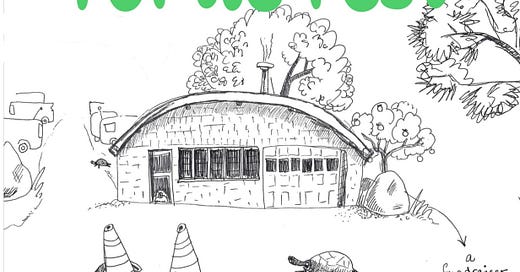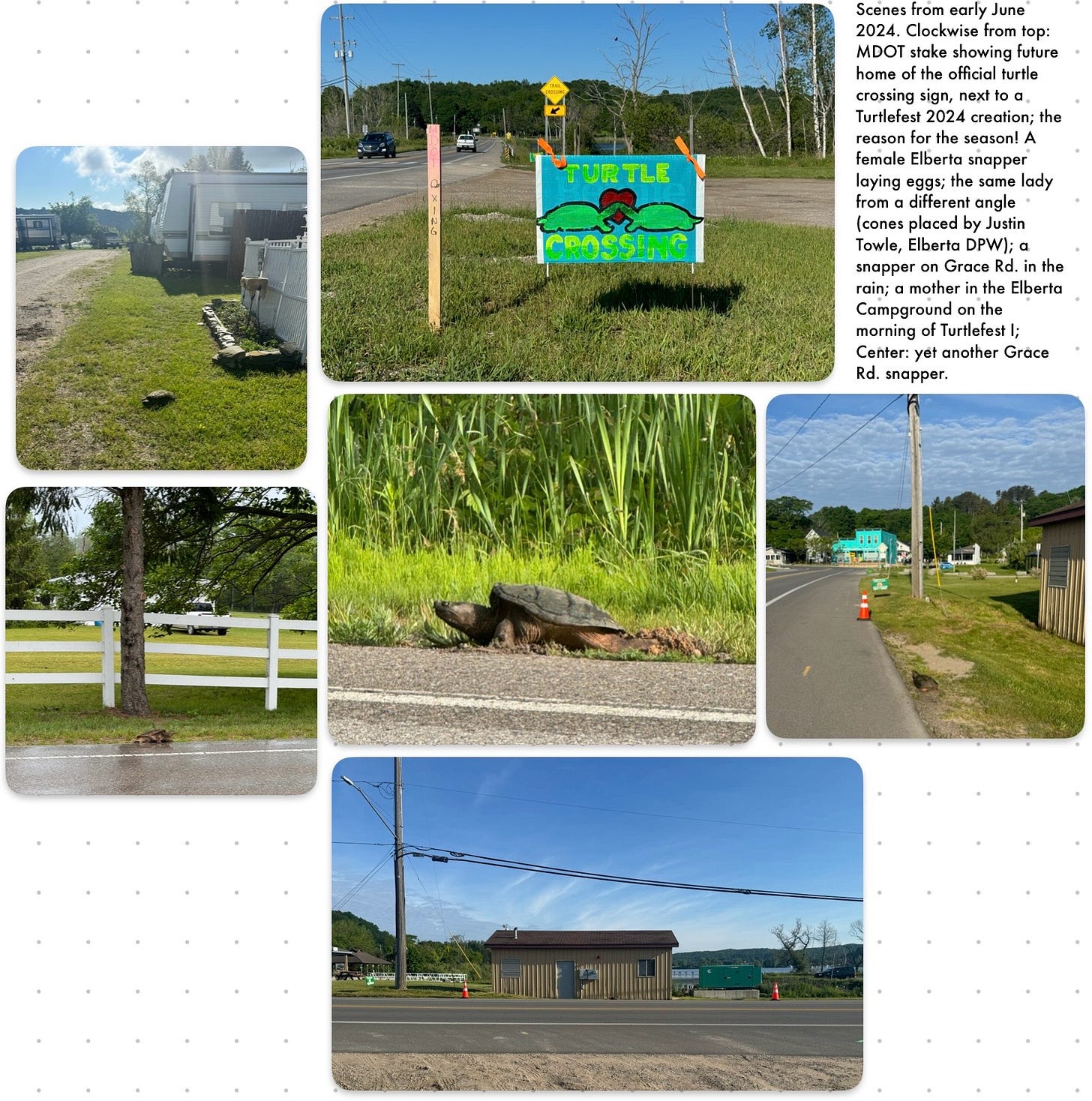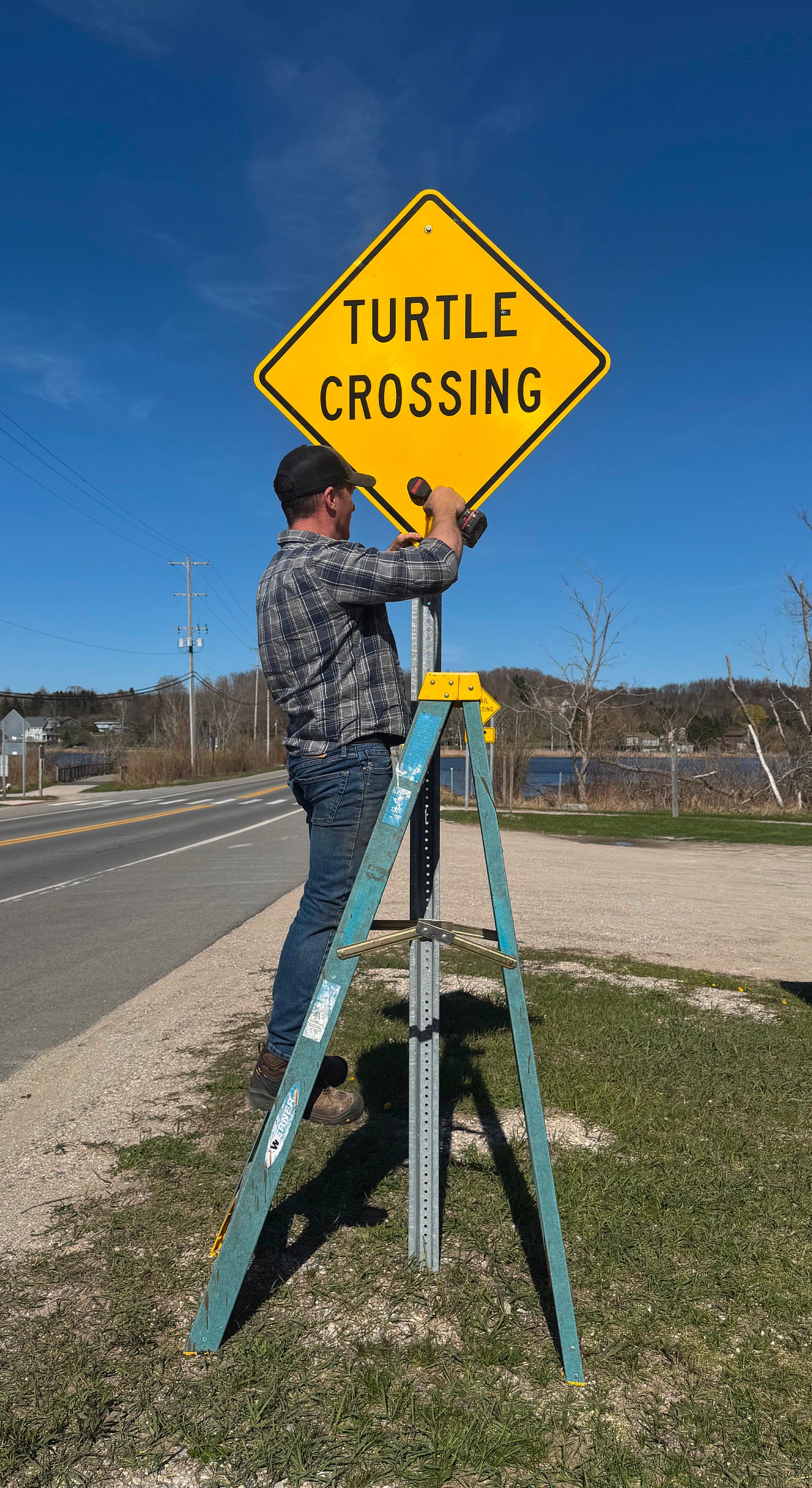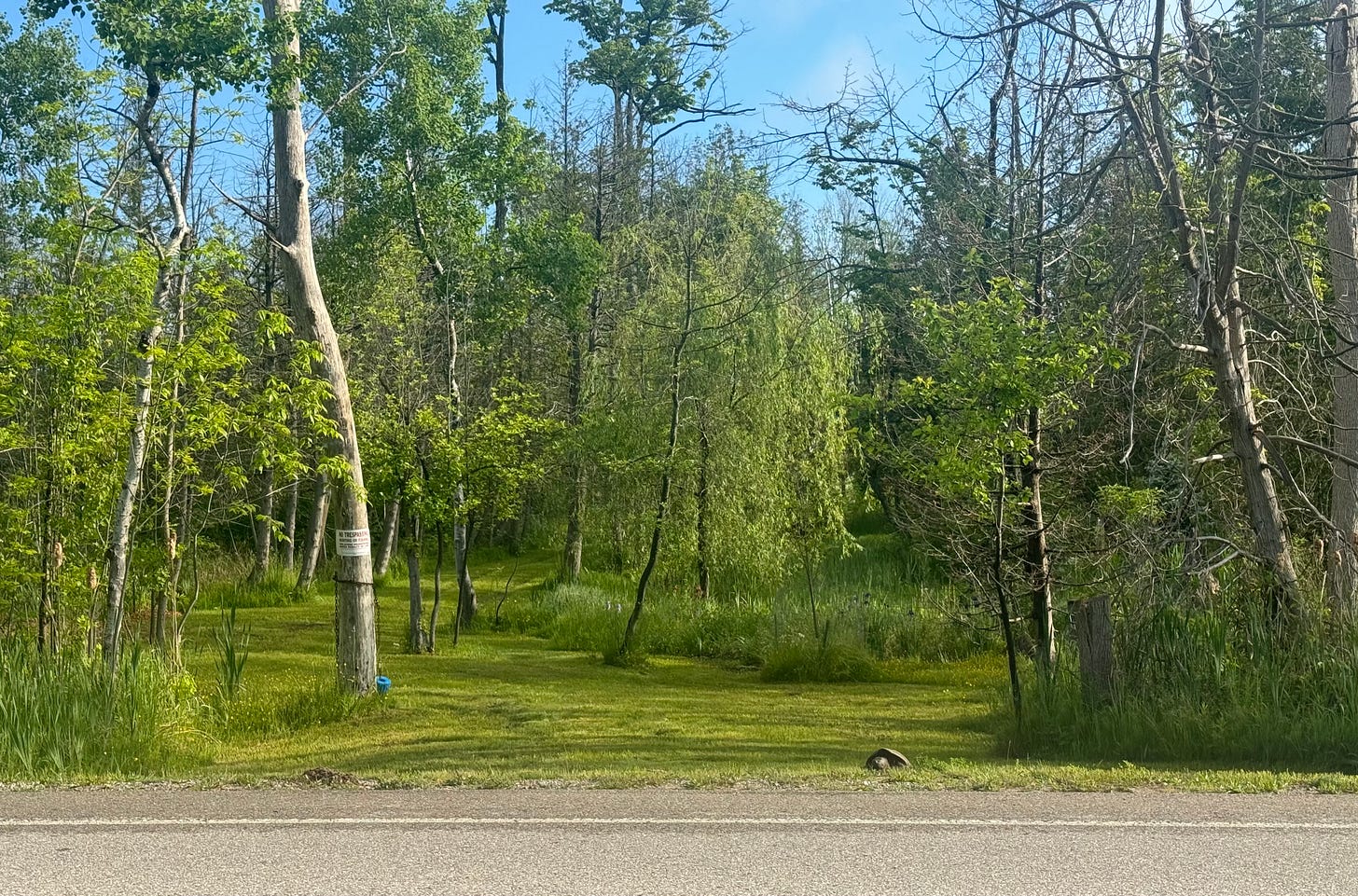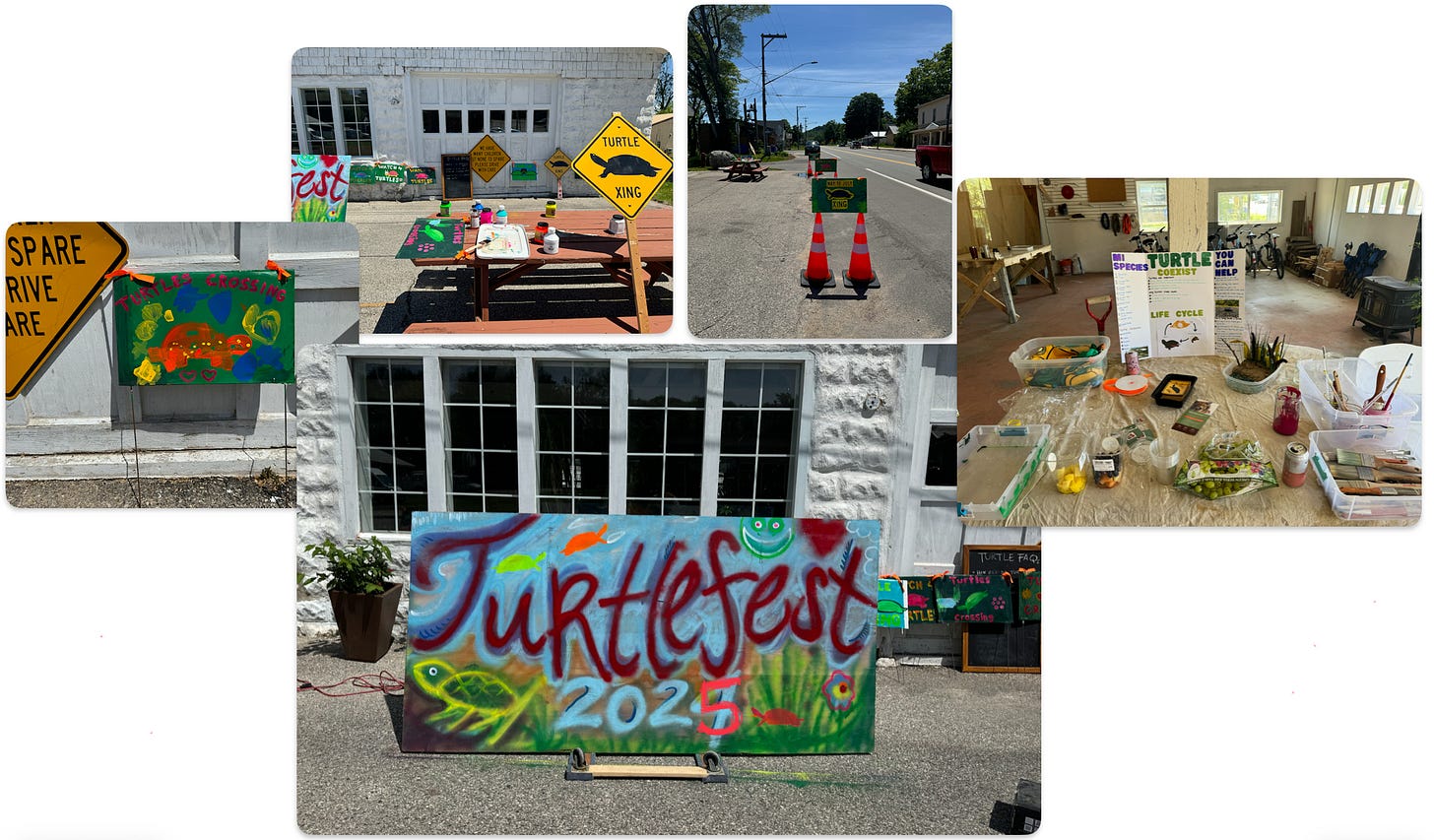It’s Mother’s Day, and no matter what sort of mother you have or had, you may be thinking about her. You may even have posted a hot vintage photo of her on the ’gram.
In ecology, there’s something called r/K selection theory, which describes how animals ensure their offspring (at least some of them) survive. If you’re an r strategist (think rabbits), you reach sexual maturity early and have lots of babies at a go (once every three months or so, in the case of rabbits), hoping that by flooding the zone, you’ll produce at least two kits who squeak through and have baby bunnies of their own; you yourself may not make it past the slings and arrows and raptor talons of outrageous fortune long enough to spend time with your litter of 8. Meanwhile, if you’re a K strategist (think Killer whale), you’re a later starter, are long-lived, and generally have one child at a time, so you can take very good care of that one for several years, investing a lot of time and energy (and heartache and probably guilt trips) preparing Junior for Cetacean U.
But what of the mother snapping turtle? Is she r or K? It takes Chelydra serpentina 10 to 15 years to reach sexual maturity (a long time in the animal world; about the same as an orca!), and though she may lay a several dozen eggs each year, what she has to go through to do that is nothing short of heroic.
The r strategy of digging a hole in gravel, laying many eggs, burying them, and then peacing out till next year probably worked well for much of the turtles’ 90 million seasons on earth. Lots of creatures eat turtle eggs and baby turtles, but lots of turtle eggs are laid, so with so many of them appearing at the same time each year, a few babies are bound to hatch and make it safely back into a muddy swamp bottom. Once a snapping turtle is all grown up (or at least 8 inches across) it is mostly out of danger of being eaten by anyone or anything here in Northern Michigan. But the adult snapping turtle now has a new natural enemy—the human in transit—and some new environmental stressors—roads over its traditional egg-laying grounds, plastic and other kinds of pollution, which call the r strategy somewhat into question. Indeed: sea turtles are some of the most endangered species on our planet, and four species of turtle are listed as threatened in Michigan.
Don’t take my word for it! The Michigan DNR sent out a newsletter recently all about turtles and their perilous road trips. Check it out here.
Almost everyone you talk to around here has a tale of turtle derring-do, in which they helped a herp across the road. Many people have a special snapper technique, to avoid that long neck and the powerful jaws at the end of it (it’s hard to convey to a mother turtle on the move that your intentions are honorable). Snappers are big and heavy! Some strong people grab them by the hind shell and carry them across, some scoop or scoot them with a sturdy snow shovel, some swear by the stick-in-mouth method. I once saw a very old-school-looking dude in suspenders pick up a huge snapper by the tail and take it across Lake Street, between Elberta and Frankfort. (Though traditional, this method is not recommended, because it can dislocate the turtle’s spine.) The main thing, if you decide to be a turtle crossing guard, is to get them to the side they’re heading toward. They know where they’re going! Some of these mothers have been making this trip since before *I* was born.
That’s Why We’re Celebrating Turtlefest
May 24 is the day after World Turtle Day, and it’s the opening day of heavy human traffic season in Benzie County. A group of like-minded turtle lovers are gathering at the headquarters of the Elberta Campground in downtown Elberta to paint signs to raise awareness of turtle egg-laying time and to let drivers know to watch for turtles and the people who help them, especially as they round that curve of M22 to the bridge. (By the way, it’s 30 mph max in village limits; at that speed in good conditions, it’s going to take you about 75 feet to brake for a turtle.)
We’ll have cold Spindrifts and canned water, plenty of paint and signs, and ninja-turtle shirts, bumper stickers, and books for sale, with proceeds going to Sleeping Bear Wildlife Fund, who do great work taking care of injured animals in our area. Mark Carlin, whose spirit animal is guess what? will interview a representative from Sleeping Bear Wildlife Fund about the turtle life cycle and other fun facts, broadcasting live on WUWU, Elberta’s low-power FM radio station (100.1). Mayfair Burger Bar will offer special turtle-inspired milkshakes and burgers (made of cow), and the proprietor, Nick Crawford, is going to put his favorite bluegrass band, Trampled by Turtles, on the stereo system. A portion of the restaurant’s proceeds this day will go to future Turtlefests.
Come on over between 10 am and 4 pm to 654 Frankfort Avenue (seen in the flyer below) and share your turtle stories and safety tips and pick up a brush! The opening ceremony will be at 10 at the official MDOT Turtle Crossing signs, which were first installed last year, with great help from Jessica Carpenter in MDOT’s traffic safety department.
This is a free art action day. All you need to bring is your imagination, and if you have one, a favorite turtle story or question to share.

